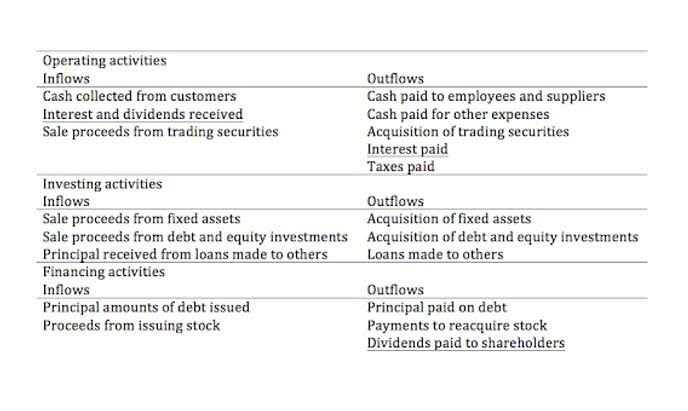
Companies of all sizes finance part of their ongoing long-term operations by issuing bonds that are essentially loans from each party that purchases the bonds. This line item is in constant flux as bonds are issued, mature, or called back by the issuer. Liability generally refers to the state of being responsible for something.
Current assets

See some examples of the types of liabilities categorized as current or long-term liabilities below. Pending lawsuits are considered contingent because the outcome is unknown. A warranty is considered contingent because the number of products that will be returned under a warranty is unknown. The accrual account permits the firm to immediately post an expense without the need for an immediate cash payment. If the lawsuit results in a loss, a debit is applied to the accrued account (deduction) and cash is credited (reduced) by $2 million. The level of impact also depends on how financially sound the company is.

Impact of Liabilities on Businesses
- Learn how to read and use financial statements to make smarter business decisions, improve cash flow, and stay compliant — even without an accounting background.
- The values listed on the balance sheet are the outstanding amounts of each account at a specific point in time — i.e. a “snapshot” of a company’s financial health, reported on a quarterly or annual basis.
- Simultaneously, in accordance with the double-entry principle, the bank records the cash, itself, as an asset.
- While dealing with a liability account it is important to know that it would always carry a credit balance.
- When the bond is issued, the firm receives money from the investors, which in turn become bondholders who will receive interest payments (‘the coupon’), and at maturity, receive the repayment of the principal.
- These expenses include items such as wages, rent, utilities, and other expenditures necessary to keep the business running smoothly.
However, unless the possibility of an outflow of economic resources is remote, a contingent liability is disclosed in the notes. Contingent liabilities are also important for potential lenders to a company, who will take these liabilities into account when deciding on their lending terms. Business leaders should also be aware of contingent liabilities, because they should be considered when making strategic decisions about a company’s Online Accounting future. This equation reflects the fundamental accounting principle that an entity’s assets are financed by its liabilities and equity. In simpler terms, everything the entity owns (assets) is either funded by external sources (liabilities) or by the owners’ investment (equity).

4.2 Accruing legal costs

On the day liability accounting definition the bond issue is settled, investors are willing to pay 102% of the face value, i.e., $1,020 for each bond. The value of 1,020 corresponds with an effective interest rate of 7.5%. On the day the bond issue is settled, investors are willing to pay 102% of the face value, i.e., 1,020 for each bond. When the firm is issuing a bond, the firm is offering to pay the nominal interest and the nominal amount of the bond. Because of legal proceedings, there is some time lag between deciding on the terms of the bond (which is a binding contract) and the actual bond issue.
legal

These obligations are eventually settled through the transfer of cash or other assets to the other party. Assets and liabilities are two fundamental components of a company’s financial statements. Assets represent resources a company owns or controls with the expectation of deriving future economic benefits. Liabilities, on the other hand, represent obligations a company has to other parties. Financial statements, such as the balance sheet, represent a snapshot of a company’s assets, liabilities, and equity at a specific point in time. Assets and liabilities are treated Law Firm Accounts Receivable Management differently in that assets have a normal debit balance, while liabilities have a normal credit balance.
- Examples of financial liabilities are accounts payable, loans issued by an entity, and derivative financial liabilities.
- Instead, these expenses are recorded as short-term liabilities on the company’s balance sheet until they are settled.
- Liabilities are carried at cost, not market value, like most assets.
- Ensure that all entries for obligations are updated and accurately recorded.
- Proper recognition and classification of these liabilities are essential for providing accurate and clear financial information to stakeholders.
